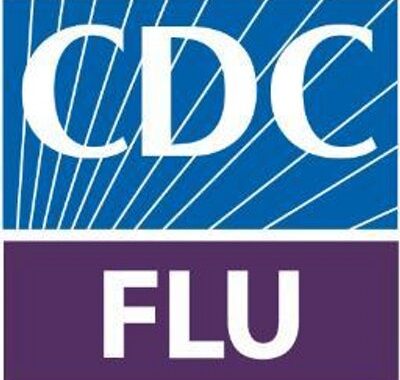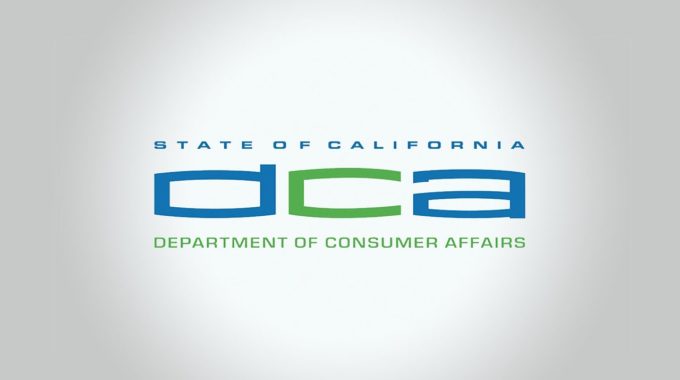As flu season intensifies, dental healthcare personnel (DHCP) play a vital role in protecting both…
Proper Labeling Chemical Containers – Hazcom Regulatory Compliance
OSHA requires every original chemical container to have a primary shipping label from the manufacturer with a few exceptions: Drugs for patient care, consumer chemicals, and pesticides, including disinfectants and dental unit waterline cleaners, are not subject to the labeling requirements. The chemical manufacturer must ensure that primary label is marked with the following information:
- Product identifier – The name or number used for a hazardous chemical on a label or in the safety data sheet (SDS).
- Signal word – A word used to indicate the relative level of severity of hazard and alert the user to a potential hazard. Examples: “Danger”, “Warning”
- Hazard statement – A statement assigned to a hazard class and category that describes the nature of the chemical hazard.
- Pictogram – A symbol plus other graphic elements intended to convey specific hazard information.
- Precautionary statement – A phrase that describes recommended procedures to follow to minimize chemical exposure.
- Name, address, and telephone number of manufacturer or other responsible party
If any of the information above is not on the original container label, contact the manufacturer.
Alternative Workplace Labeling
If the chemical is transferred from the original manufacturer’s container to a different container, the container must be labeled with a secondary label. The secondary label must include product identifier and words, pictures, symbols, or combination thereof, which provide at least general information regarding the hazards of the chemicals, and which will provide employees with specific information regarding the hazards of the chemicals.
Because the regulation is a bit vague as to what exactly must be on a workplace label, to ensure compliance, a simple way to label a secondary container is to photocopy or take a picture of an original label and affix the copy to the secondary container. Another method is to print the required information, laminate it, and affix it to the secondary container. Handwritten legible labels are acceptable. Employers have until June 1, 2016 to ensure that their secondary chemical containers are properly labeled.
Since 1992, OSHA Review, Inc. has provided dental professionals with comprehensive programs to support regulatory compliance and infection control. We are a registered dental continuing education provider in the state of California, specializing in Dental Practice Act, infection control, and OSHA training.



